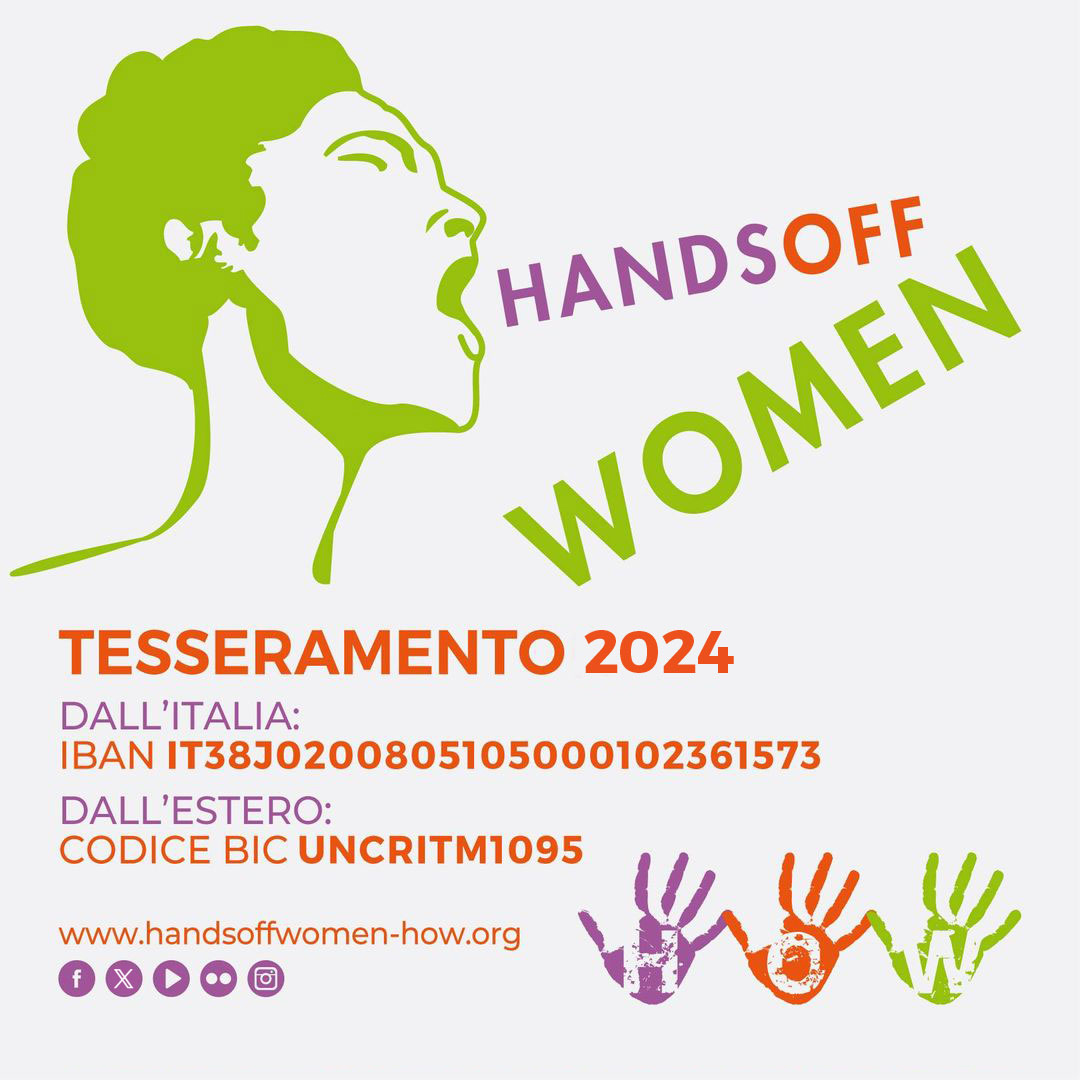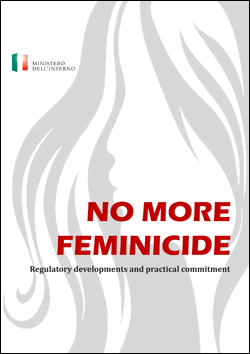Didi Kirsten
Tatlow
FEMALE FACTOR
BEIJING Shackling during childbirth? Wang Jinling sounds horrified when asked whether it happens in Chinese prisons, as it does in prisons in the United States.
“Really!” said Ms. Wang, one of China’s leading researchers on women in prison, in a telephone interview from Hangzhou, where she heads the Institute of Sociology at the Zhejiang Academy of Social Sciences. “That’s just very, ah, very cruel I’ve actually never heard of shackling a woman who is giving birth. It’s not done here. Well, America can learn from China on this.” Others agree, such as John Kamm, the executive director of the Dui Hua Foundation, an advocacy group pushing for human rights improvements in China.
How women are treated in prison is a neglected topic worldwide, but fast-growing female prison populations mean that governments and international organizations must address the problem, said Mr. Kamm, speaking by telephone from San Francisco. With new amendments to female prisoners’ rights about to be introduced, China appeared to be doing well, though Mr. Kamm cautioned that far more needed to be known about conditions on the ground. Often, in China, laws look good on paper, but enforcement is, at best, patchy.
“The fact that only 16 states in the U.S. have outlawed shackling is a national disgrace,” said Mr. Kamm, referring to the lawful practice in some U.S. prisons of chaining a woman’s hands and ankles, before, after and sometimes during childbirth, on the grounds that a birthing inmate may try to flee.
Compared with that, amendments to China’s Criminal Procedure Law, due to take effect Jan. 1, are “progressive,” Mr. Kamm said.
Essentially, these amendments mean that pregnant or breast-feeding women Behind bars, a battle for human rights may be released on bail. Women serving life sentences who are pregnant or breast-feeding may temporarily serve outside prison (previously only possible for those serving fixed terms). Women who are the sole caregivers of dependents like young children may be released from jail into “residential surveillance.” And female law enforcement officials must be present when young women are interrogated as suspects or witnesses.
The moves are urgently needed, campaigners say.
In the United States and in China, women now account for about 9 percent and 6 percent of inmates, respectively, Mr. Kamm estimated. Fast-paced social change and urbanization are factors in China, with Ms. Wang estimating that about 70 percent of women in Chinese prisons are “secondary criminals” who have aided men in crimes like trafficking in women and children or organizing prostitution. Domestic violence is also a major reason for women’s incarceration, both said.
“As tension in society grows, and it really is growing, men take it out on the women,” said Mr. Kamm, adding that increasingly, women were fighting back Ms. Wang estimated China’s female prison population at 4 to 5 percent of the total, but she cautioned that she did not have exact figures, with so much about China’s prison system a secret.
And Mr. Kamm also noted that the new clauses did not apply to women in China’s large system of re-education through labor, or “laojíao,” an extrajudicial form of detention that snares many thousands every year.
“I don’t see anything in this law that helps women in laojiao,” he said. Facing rising numbers, pressure is growing to better manage women’s needs in prison, advocates say. They point to the “Bangkok Rules,” adopted by the United Nations in 2010, as an important step.
Formally known as the United Nations Rules for the Treatment of Women Prisoners and Non-custodial Measures for Women Offenders, the agreement calls for a range of improvements, including recording new inmates’ experiences of sexual abuse before entering prison and providing more water for washing, especially for menstruating women.
Ms. Wang says China already does the latter. In fact, she said, in China’s paternalistic system, jailed women have better conditions than men. “The government has a way of protecting women that’s traditional,” she said.
“For example they have more hot water to wash themselves, their lower bodies. There are fewer people in each room, about four to six or six to eight, while the men are, say, six to eight or 10,” she said.
When the police arrest a woman who is pregnant, “she cannot be sent to prison. She doesn’t go into detention either,” said Ms. Wang. “Generally she stays at home and is monitored in her district. Depending on the severity of her crime, she is either monitored by the police or by other local officials.”
When it’s time to give birth, “if, say, she committed murder, then a policeman will accompany her to the hospital and make notes. But if not, then not”
“Actually, the biggest headache for the police on this is that you can’t jail a pregnant woman, say a thief, even if she’s a repeat offender,” she said.
Formerly, a female criminal was jailed immediately after giving birth, said Ms. Wang. Now, she is “usually allowed to ‘zuo yuezi’ ” — a traditional month in bed together with the infant, recovering and nursing.
Importantly, rights-based language is replacing paternalistic concepts, she said.
“There has been a change recently In the language being used by officials, advocates and law drafters,” Ms. Wang said. “They don’t say, ‘We’re protecting women.’ They say, ‘Women have rights.’ Yes, it’s happening, slowly. The idea of rights. Slowly, that concept is grog.
Herald Tribune – Behind bars, a battle for human rights
[File pdf - 160 Kb]




 FIRMA LA PETIZIONE
FIRMA LA PETIZIONE








Stay Connected